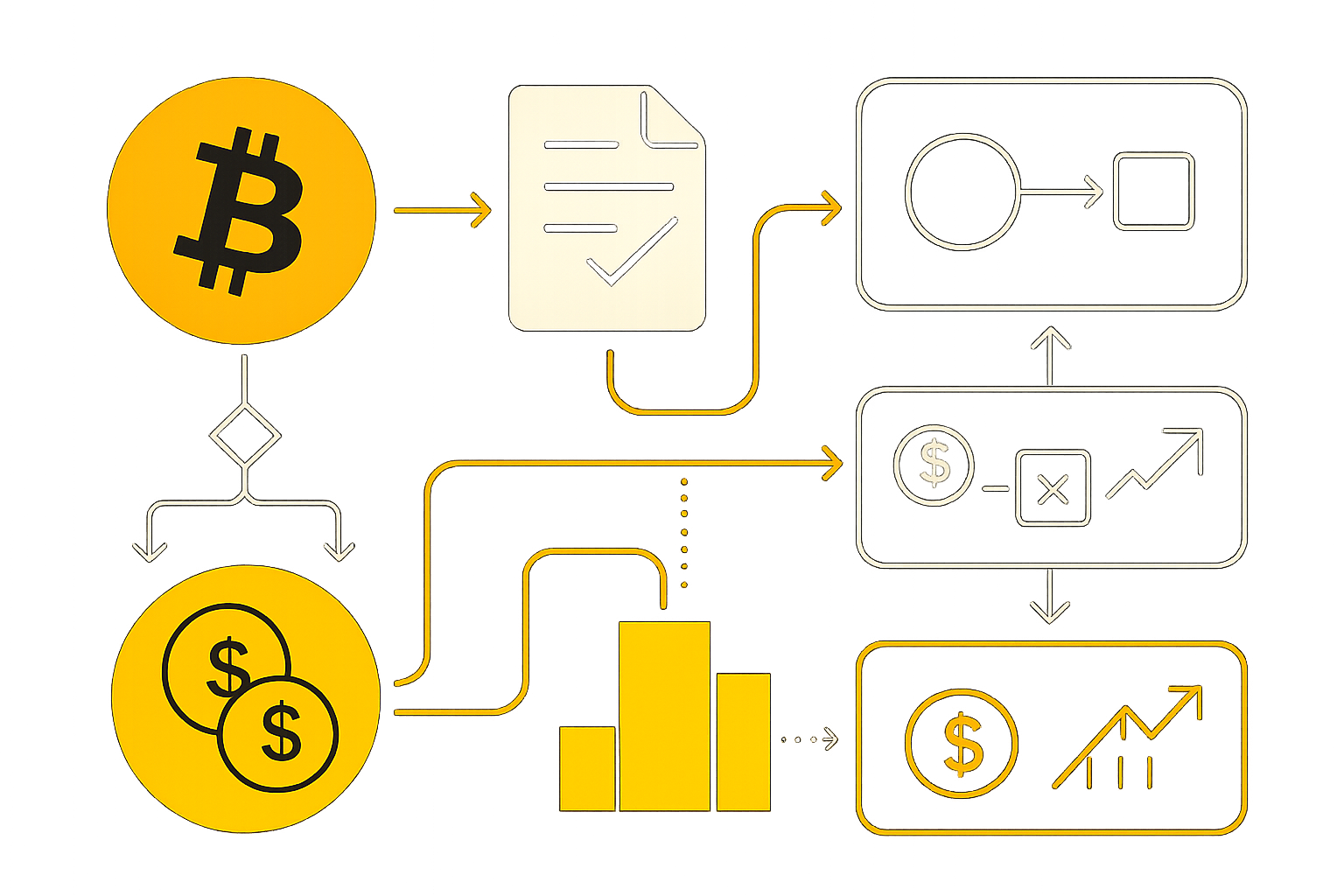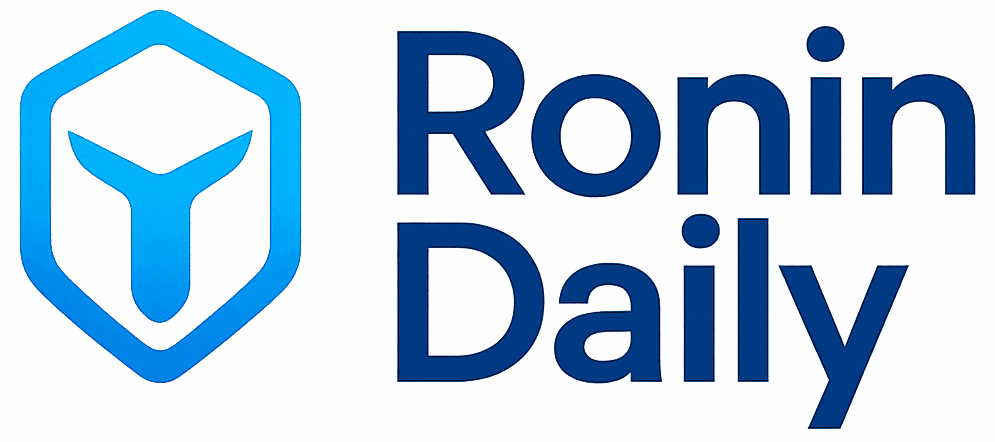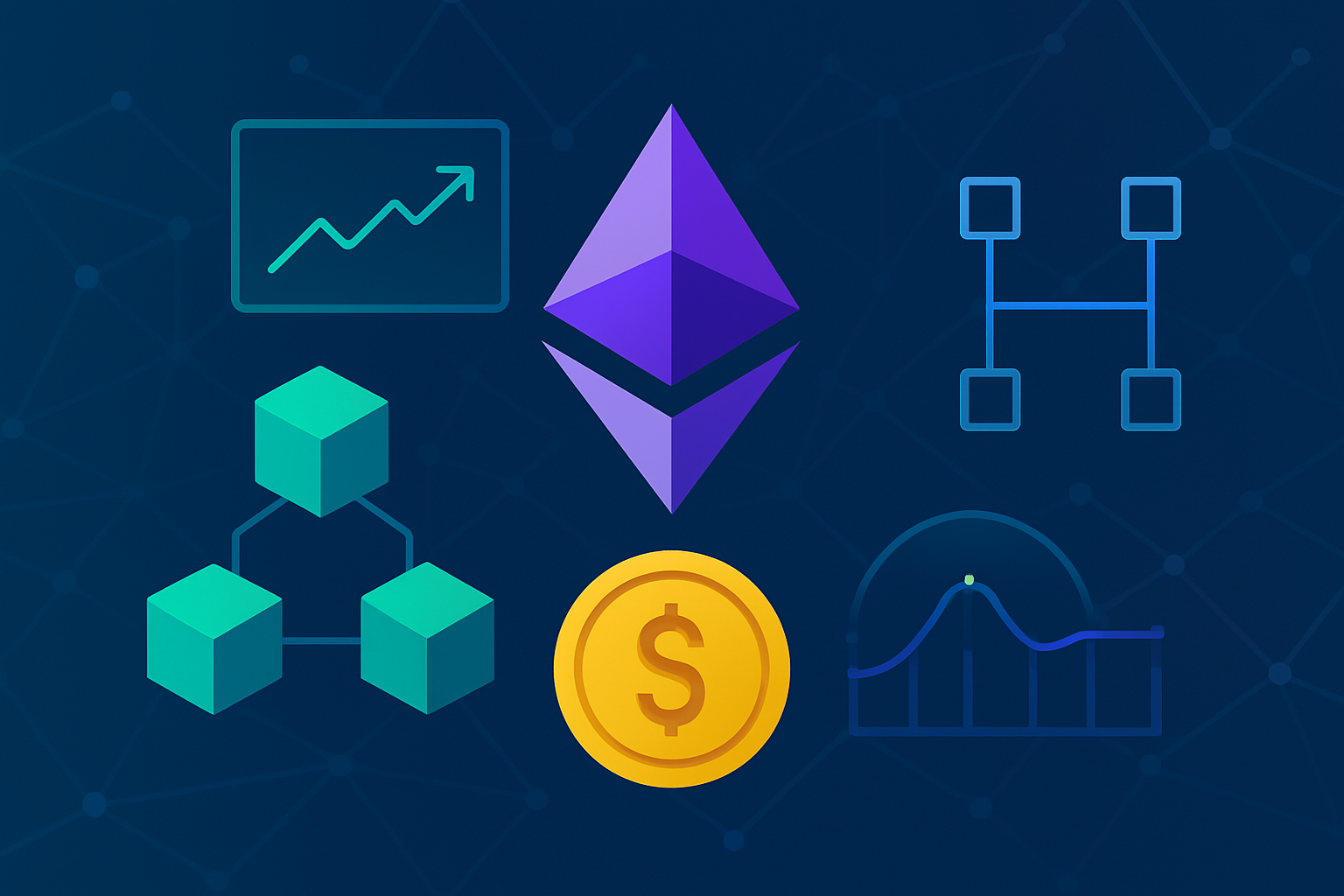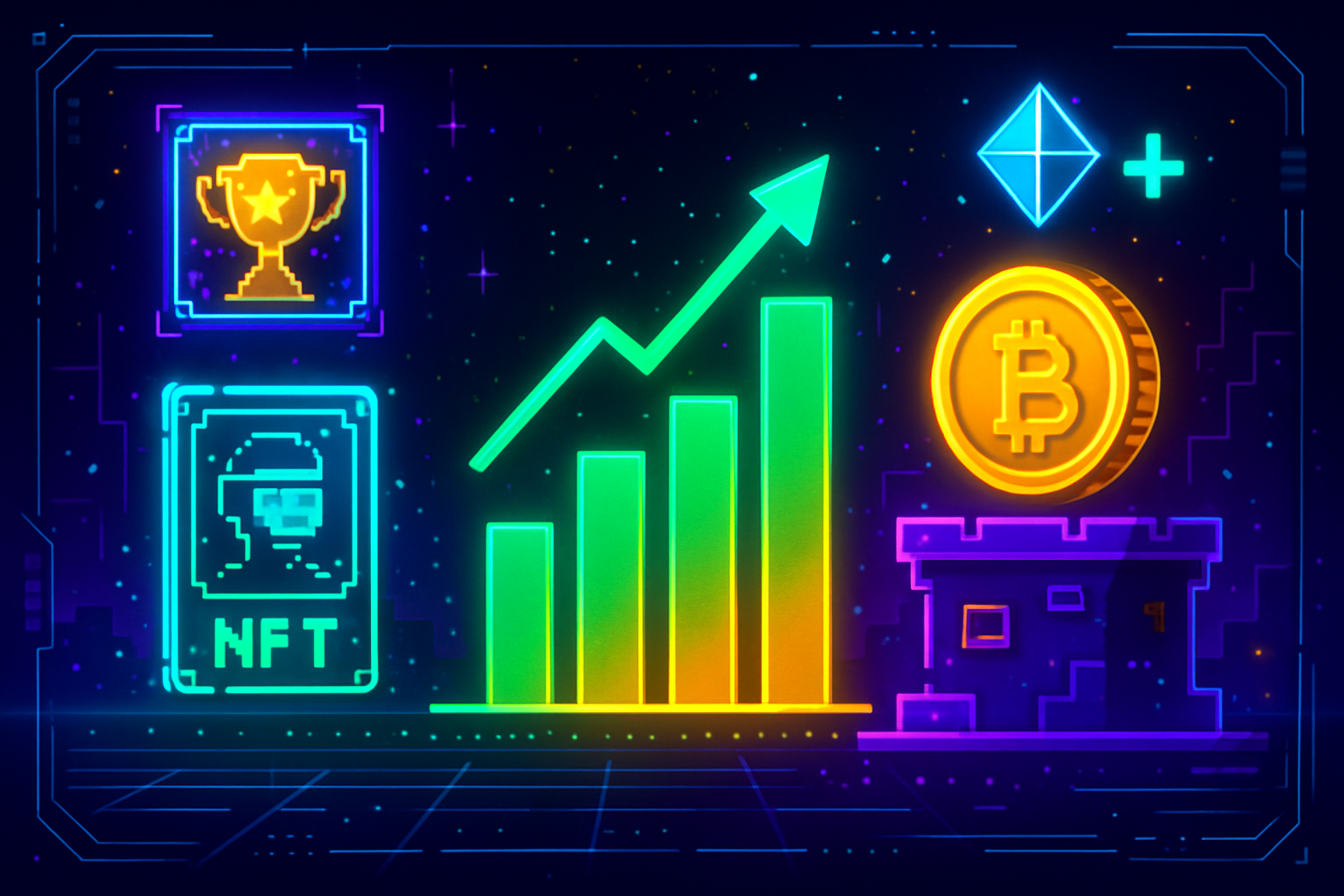
Ronin Network, once the backbone of Axie Infinity’s explosive growth, is now executing its most significant upgrade to date: a migration from a standalone sidechain to an Ethereum Layer 2 (L2) secured by Optimism’s OP Stack. This strategic shift is not just technical retooling. It directly addresses the core demands of Web3 gaming – speed, security, and composability – while positioning Ronin at the heart of the Superchain ecosystem.

Why Ronin’s OP Stack L2 Upgrade Matters for Web3 Gaming
The landscape for blockchain-powered games has always been bottlenecked by latency, throughput, and fragmented liquidity. By integrating with Optimism’s OP Stack, Ronin is set to deliver sub-200 millisecond block times and throughput scaling to one million transactions per second. This level of performance is not theoretical: it means near-instant gameplay, seamless NFT minting, and frictionless DeFi interactions inside game economies.
For developers and studios building on Ronin, this removes the last major technical hurdle for real-time multiplayer experiences and complex on-chain economies. The result? Web3 games that feel as fast as their Web2 counterparts, but with all the benefits of digital ownership and open economies.
Security Reimagined: Anchoring to Ethereum
The move to an Ethereum L2 isn’t just about speed. By anchoring Ronin to Ethereum’s security model through the OP Stack, the network gains battle-tested protection against exploits that have plagued lesser-protected chains. This upgrade directly responds to past vulnerabilities – like the 2022 exploit – by leveraging Ethereum’s validator set and consensus mechanisms.
This new security paradigm dramatically increases trust for both game studios and players. With Ethereum-level security guarantees, players can safely trade high-value NFTs or stake assets in DeFi protocols without fearing catastrophic breaches.
Superchain Synergy: The Power of Interoperability
By joining Optimism’s Superchain network, Ronin instantly connects with other leading L2s like Base (Coinbase) and Uniswap’s Unichain. This opens up cross-chain composability for assets, liquidity pools, identity systems, and more – all secured under a shared infrastructure blueprint.
This isn’t just ecosystem jargon; it translates into real developer advantages: access to shared tooling, easier onboarding for new projects, and exposure to a larger player base already active across Superchain partners. For gamers? Expect smoother asset bridging between titles and more connected metaverse experiences as standards converge across chains.
The Superchain integration also unlocks milestone-based grants totaling up to $7 million for developers building on Ronin – including allocations in $OP, $EIGEN, $ZKC tokens – plus discounted infrastructure services like oracles and indexers. This influx of capital and resources will accelerate innovation in blockchain gaming at every layer of the stack.
RON Price Update: Momentum Builds Post-Upgrade News
As of November 2025, $RON trades at $0.3078, reflecting a and 0.1018% gain over 24 hours with intraday highs at $0.3142.
This uptick signals growing market confidence as builders anticipate new economic models (including Proof-of-Distribution staking) rolling out alongside the migration.
For more on how these changes impact RON holders directly, see our detailed breakdown here.
The real-world impact of these upgrades is already being felt across the Ronin ecosystem. Studios are leveraging the OP Stack’s modularity to deploy new gaming primitives, from on-chain matchmaking to dynamic NFT rewards, without sacrificing user experience or security. With sub-second block finality, in-game transactions and asset swaps become invisible to the end user, no more waiting, no more failed or stuck transactions. This is the kind of UX leap that can finally make mainstream gamers care about blockchain under the hood.
For developers, this means fewer trade-offs between decentralization and speed. The OP Stack’s open-source foundation encourages rapid iteration, composability with other Superchain projects, and easy integration of existing Ethereum tooling. The result? Lower development costs, faster time-to-market for new titles, and a unified liquidity layer that benefits every participant in the ecosystem.
What’s Next: Proof-of-Distribution and Gamified Economics
Looking ahead to mid-2026, Ronin’s roadmap includes Proof-of-Distribution staking: a gamified economic model designed to reward active participants and align incentives for players, creators, and validators alike. By combining traditional staking with in-game achievements and participation metrics, Ronin aims to create a feedback loop where network security and game engagement reinforce each other.
This approach is expected to drive deeper player retention and more robust DeFi integrations within gaming dApps. As new titles launch on Ronin L2, expect innovative mechanics where players earn $RON not just by holding tokens but by actively contributing to game worlds, whether through governance votes or completing in-game quests tied directly to network health.
Bridging Web3 Gaming Into the Mainstream
The integration of Ronin into Optimism’s Superchain isn’t just an incremental improvement, it’s a paradigm shift for blockchain-powered games. By aligning with Ethereum L2 standards while retaining its own $RON gas economy (currently trading at $0.3078), Ronin positions itself as both a technical leader and a community-first platform ready for mass adoption.
For those building or investing in next-gen Web3 games, this upgrade removes legacy bottlenecks around speed and security while unlocking access to shared liquidity and developer capital at scale. The era of isolated sidechains is over; composable supernetworks are now the default path forward.

The bottom line? If you’re serious about launching scalable games or DeFi-driven economies with real-time interactivity, and you want Ethereum-grade trust assumptions, Ronin’s OP Stack L2 migration changes everything.
Explore further technical details on how this transition impacts your projects by reading our deep dive here.




